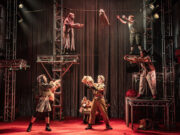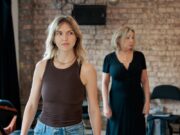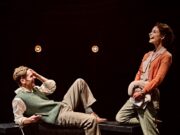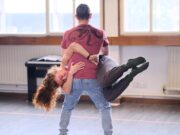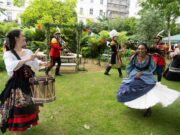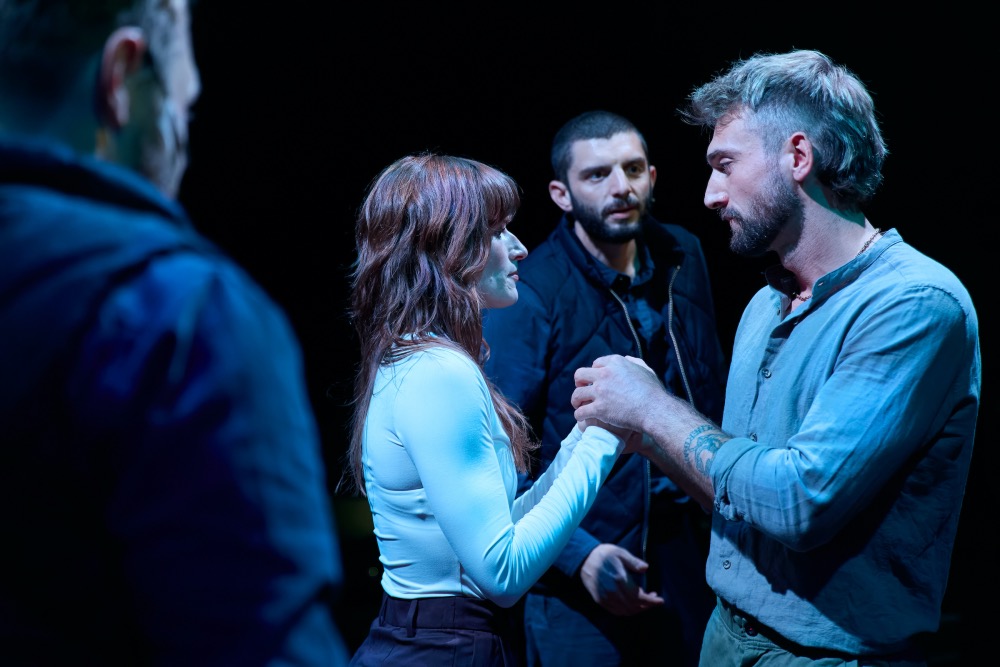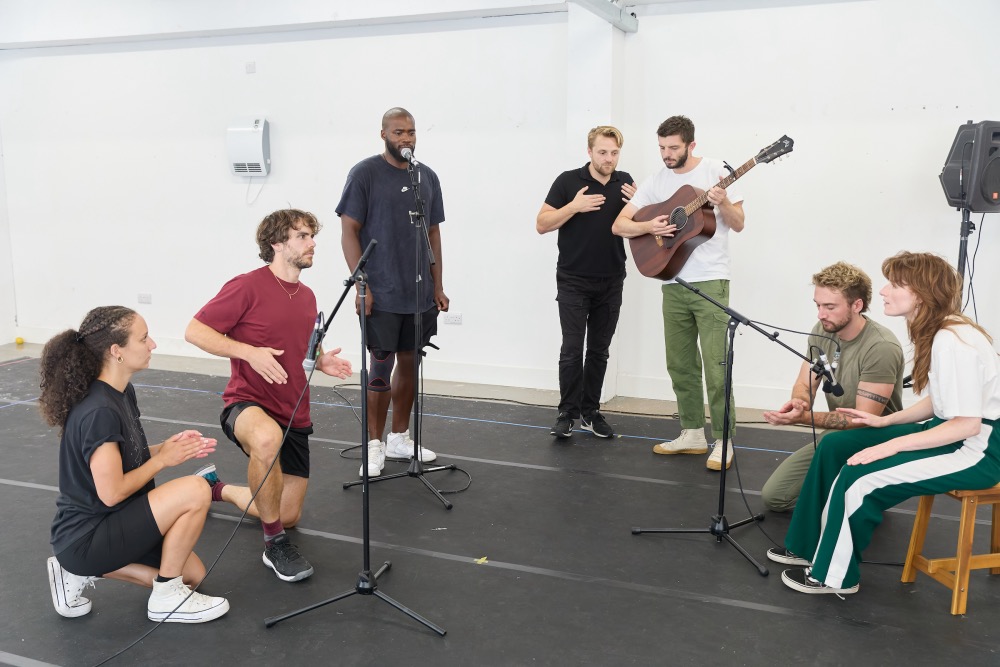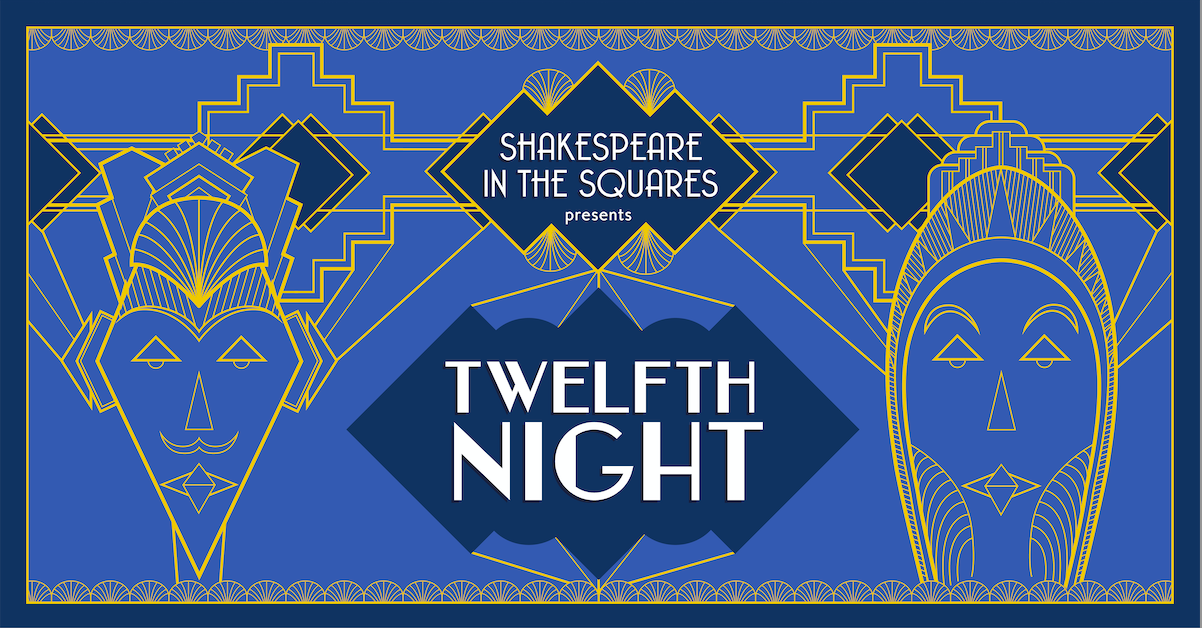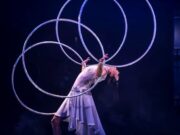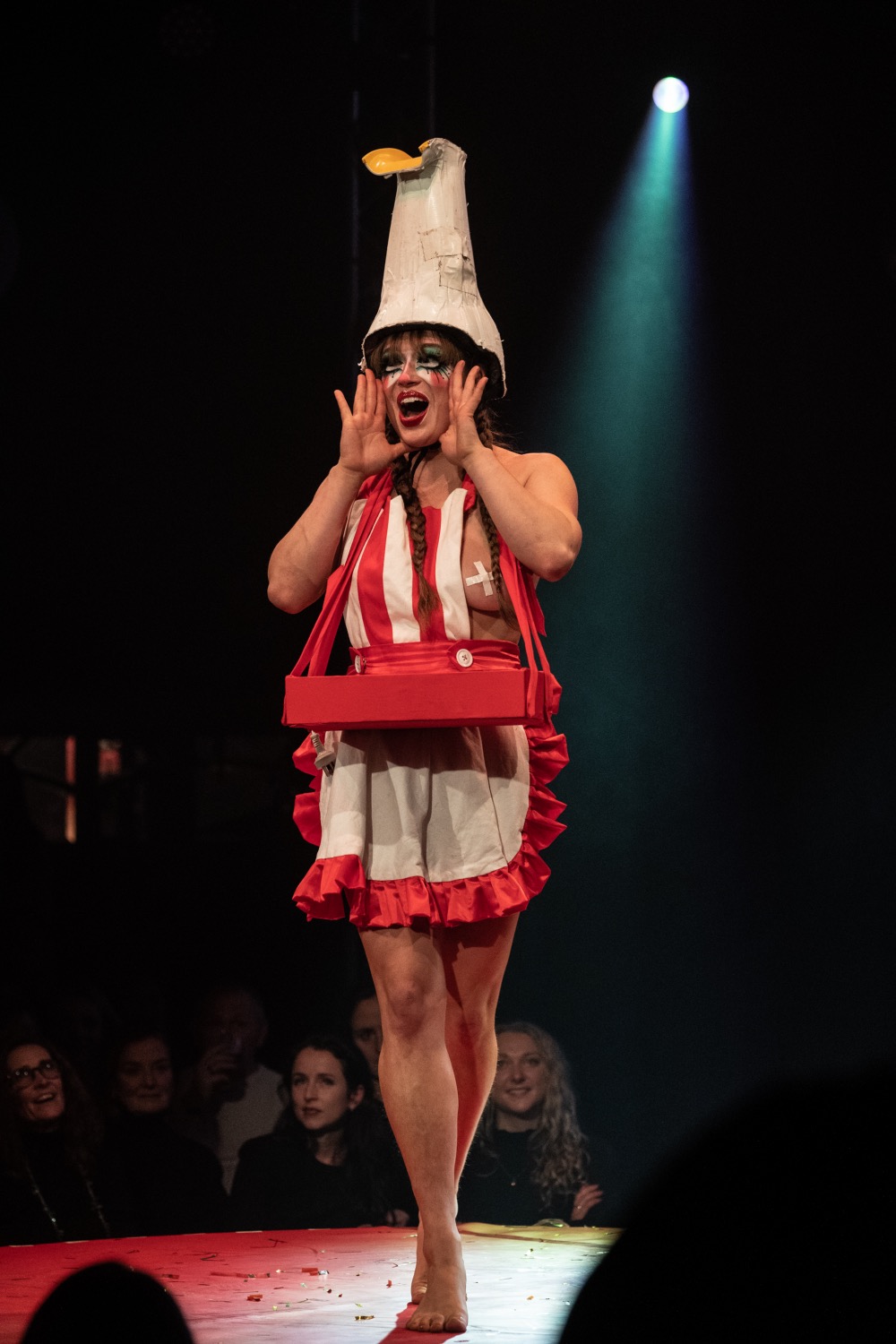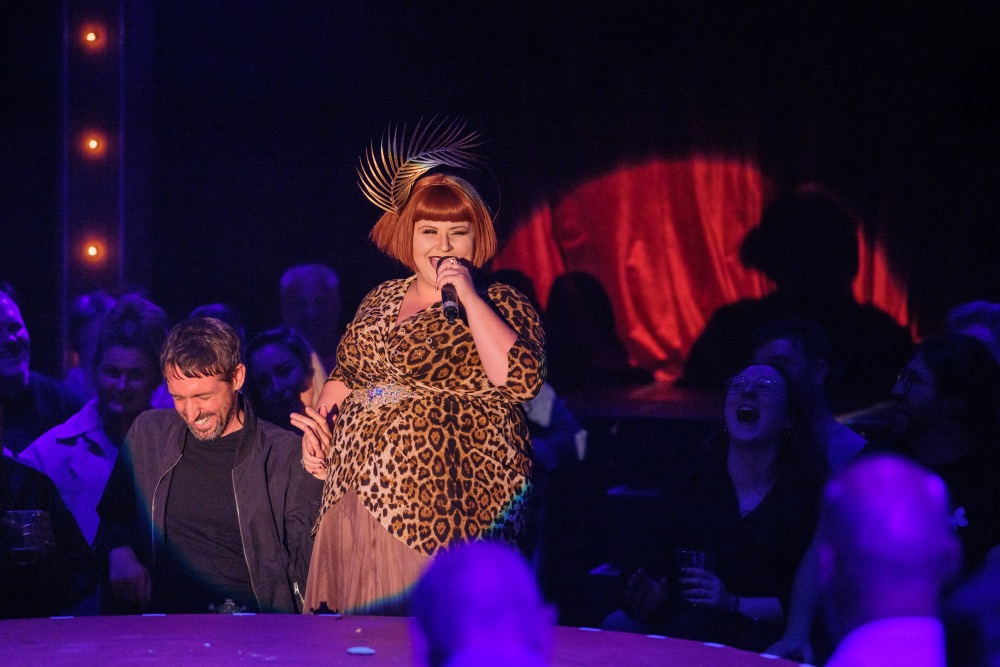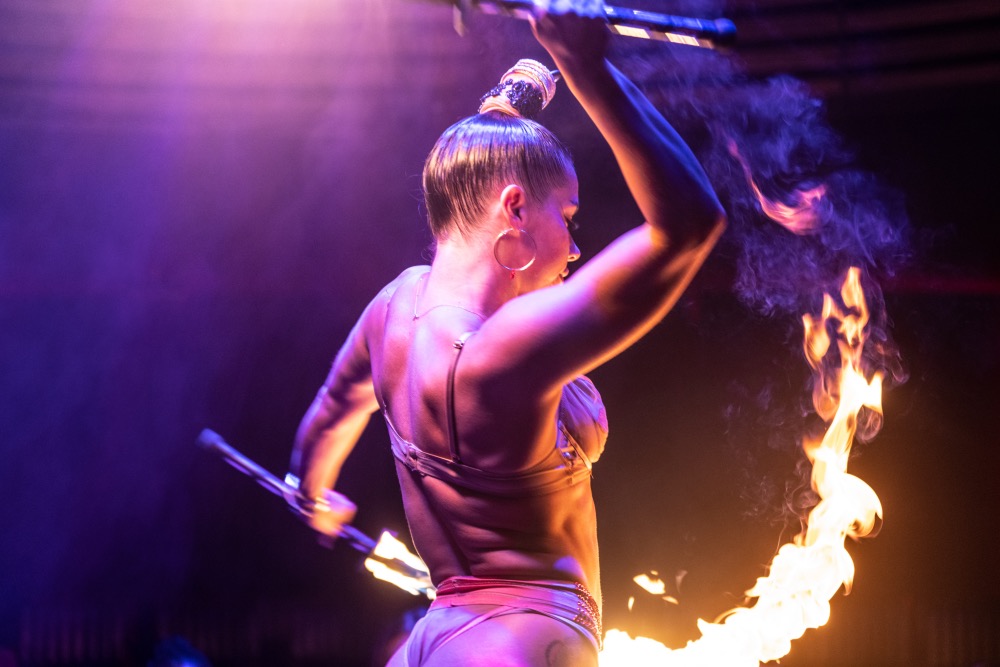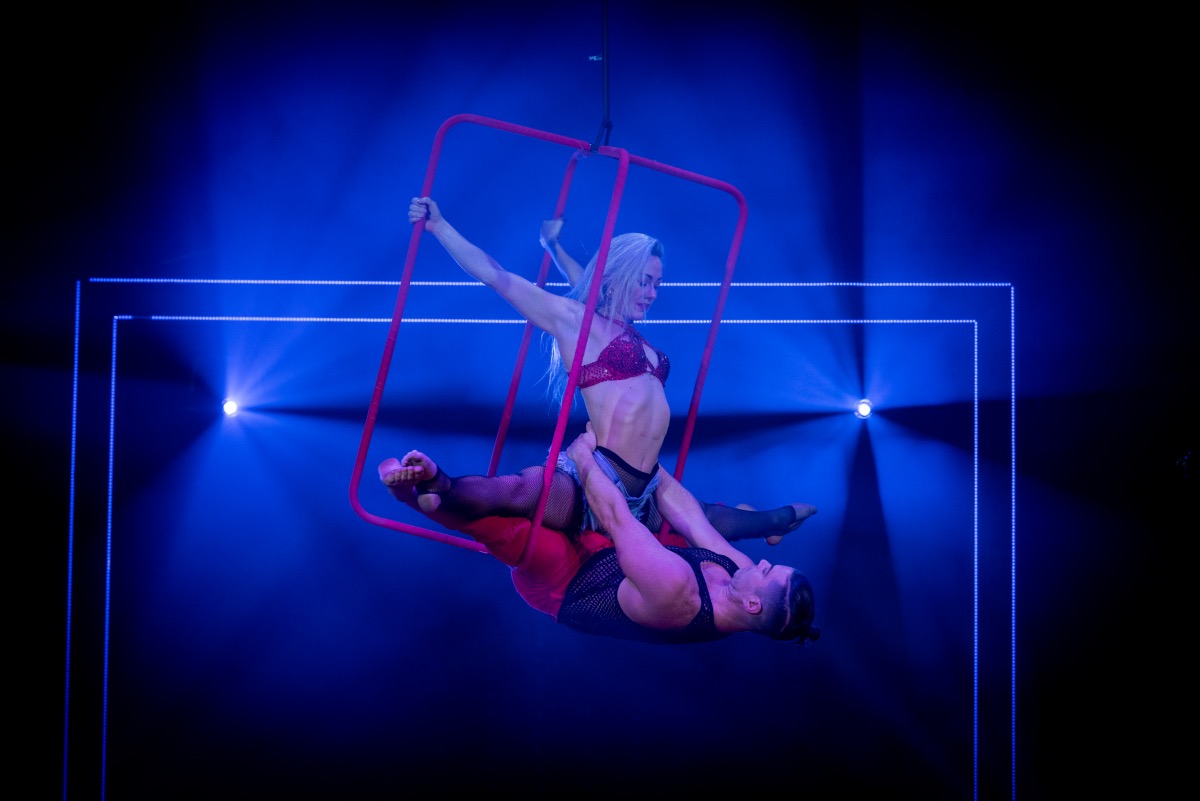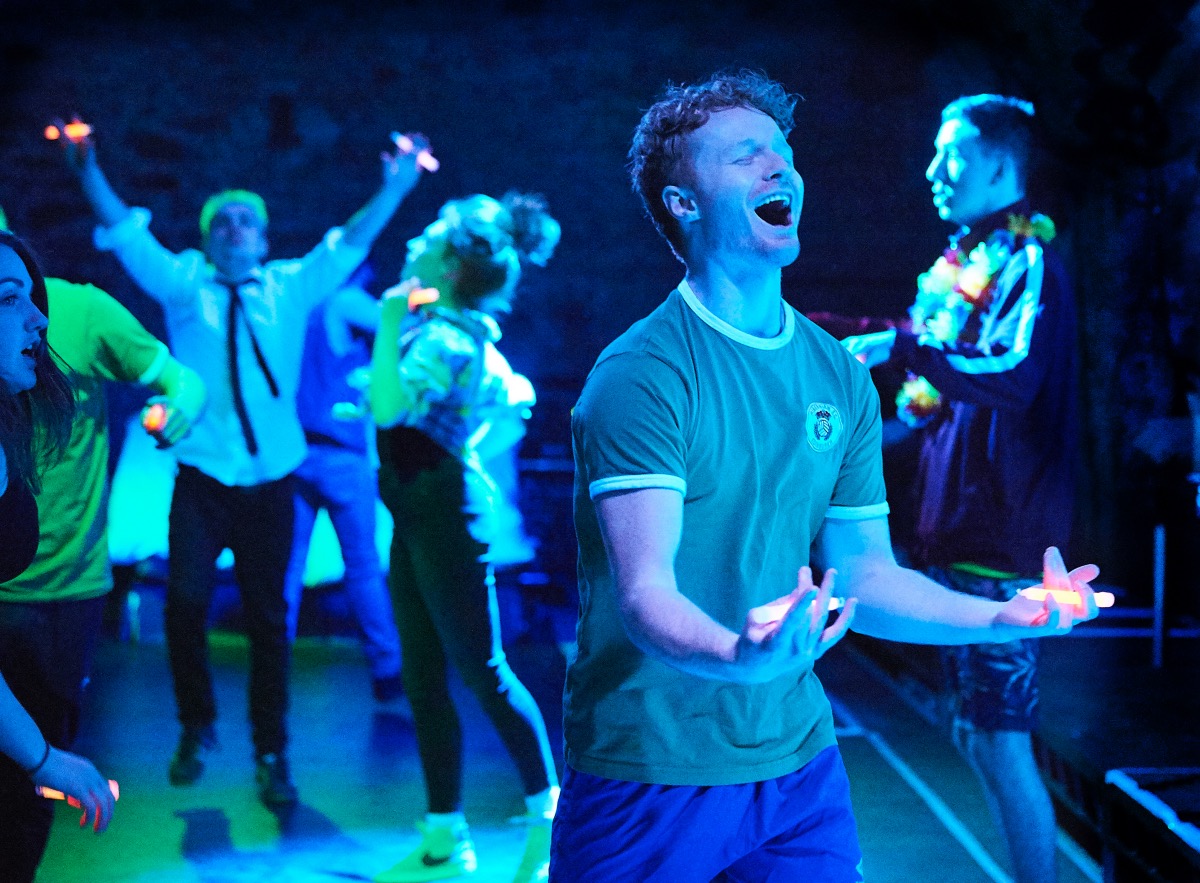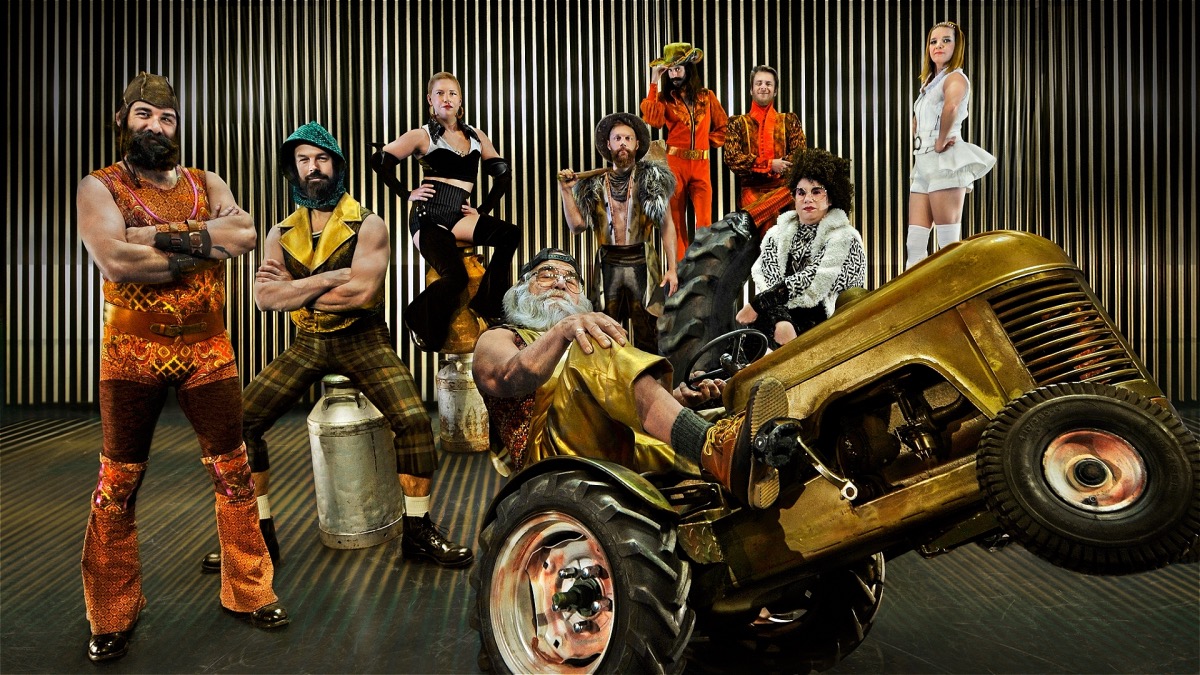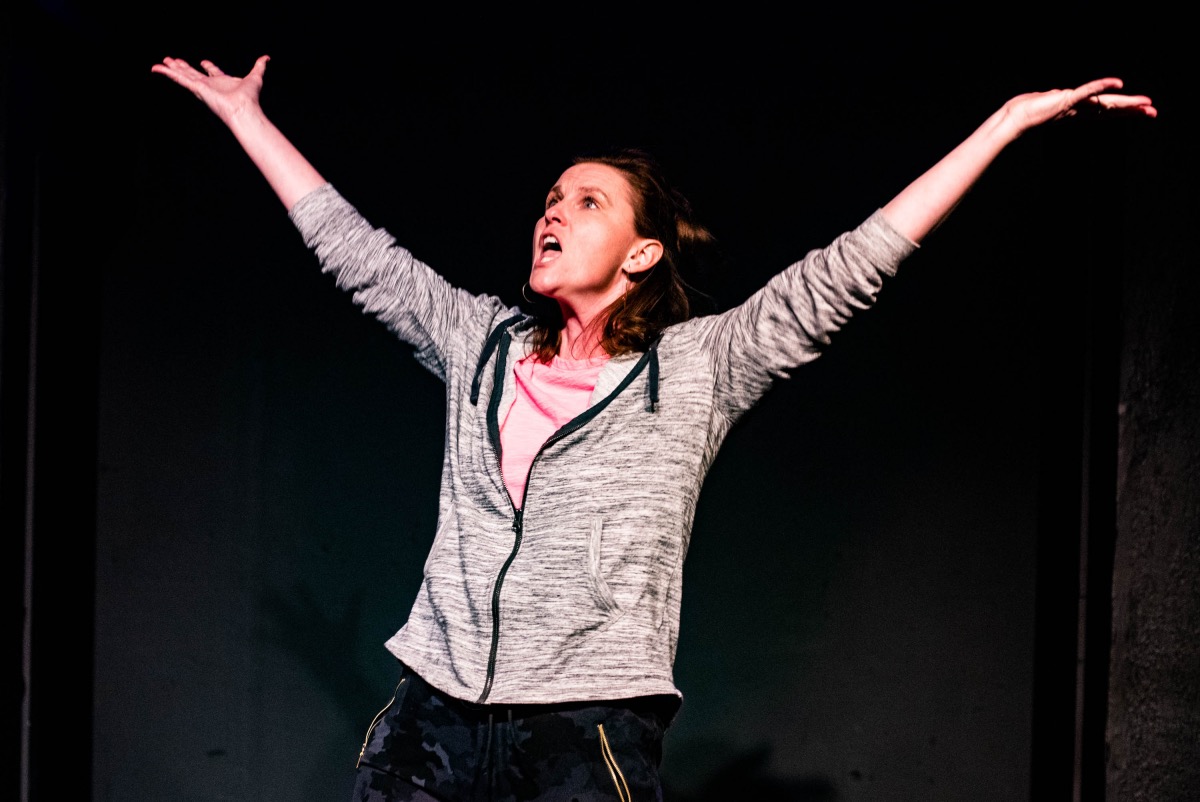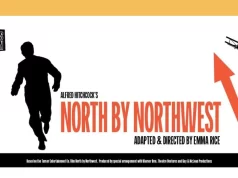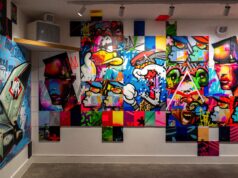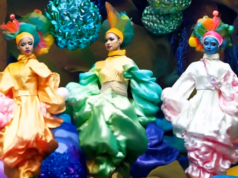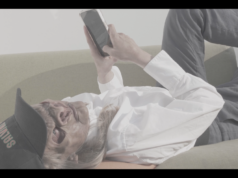When making the sculptures, Singapore-based British Artist, Nicola Anthony will first embark on a “process of collecting, mapping and archiving”. She will set out, armed with her mosquito spray, incense, measuring sticks, sound recording devices, collecting sacks, torches and camera lenses.
It starts with research, “travelling, observing and sketching, collecting objects (seeds, musical instruments, bells, paper aeroplanes and prayer wishes), interviewing and dialoguing with individuals, as well as actively asking people to become the subject of her research.
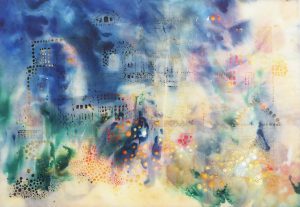
Following that she returns to the studio to create the artwork. Here she will switch to her “toolbox of pens, paints and brushes” she explains. “Through words, signifying marks and meaning-rich objects, I create my art. In the end, each artwork is an assemblage of stories, moments or memories.”
The Artiscape has been following Nicola’s work since 2012. We featured her exhibition Ouroboros in 2015, a sculpture created with 10,000 ping pong balls for the 28th biennial Southeast Asian Games. We also featured Ex parte, a group exhibition of Singaporean and British Artists, showing the experiences of living in a country that is not their own.
Earlier this year she collaborated with poet Marc Nair to create a body of work entitled Intersection. “I incorporated his words into my works, and he wrote poems in response to my art, whilst we both responded to our triangulation of place-memory research (which spanned from Yangon to London to Singapore).” The poems were transformed into kinetic sculptures – termed ‘kinetic poems”. There is also a limited edition book available.
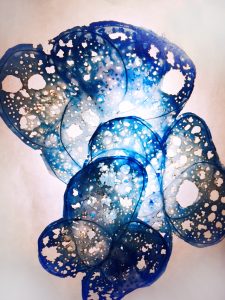
Nicola is currently working on a new collaboration with Artist Barry Yeow to be showcased in a ‘Glass box’ space outside Singapore Art Museum.
For some time, Nicola felt her artwork was about words, about language. In recent years she has come to realise it’s about much more than this. “It’s about the communication and miscommunication of stories and truths, and words are often the medium for that” she explains. Language can be a metaphor for life “full of billions of little signifiers that coalesce to make a symphony, a lifetime, a universe” she explains.
Nicola feels that “a collection of letters, words, stories can become incredibly complex, imbued with an unbelievable meaning.” She has long been fascinated by “people’s stories, social memory and oral history”. Her latest work, the Human Archive Project, maps different types of human experience via an anonymous online portal.
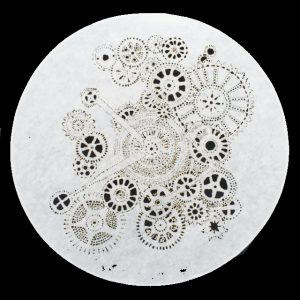
With one series of work focusing on “confessional voices and unheard stories”, the second series Clockwork Moons is inspired by “people who experience time passing differently to the average person”, explains Nicola.
Researching this project, lead Nicola to work with disenfranchised communities, inmates at Changi Prison, ex-offenders, young adults managing chronic illness, migrant workers and domestic workers in South East Asia, the elderly, young families and low-income communities.
She conducted art workshops and memory sharing projects with prisoners “whose lives are on pause whilst their time elongates entirely out of their control”. She met families who “due to trauma have difficulty remembering the past; those who have no concept of future because their life may not last another week”, people who feel overwhelmed by their jobs or situations and no longer feel in control of their lives.
With “many individuals and communities [adding] their multi-layered human fragments and previously-unspoken words” to the archive; this process, Nicola explains results in a “very honest, open, unrestrained sharing”. “This process can feel like a catharsis, a difficult admission or secret shared” continues Nicola. Nicola was inspired by how these people could overcome adversity.
This October 2017, the Singapore Art Museum will show 15 kinetic sculptures from this “archive of human voices” from the Human Archive Project. She hopes to “give a glimpse into the complexity of the cycle of time, our experience of life passing, and memories morphing.”
Does she consider her work to be didactic? And if so, in what way?
“The research part of making my work certainly teaches me, broadens my mind, and introduces me to other facets of life” she reflects. “If experiencing my art can help others have the same experience that is a great thing.” For Nicola it is more about creating “a shared experience … a glimpse into the minds of others.”
How would she like her art to contribute to the change in the world she would wish to see?
Nicola believes that understanding “another person’s existence, their joys, fears and learnings [helps] foster compassion, kindness and understanding in us all.”
“I hope that in some way I can help this happen through art, and encourage people to seek a broader compassion and understanding than just that of their immediate spheres.”
In early 2017 Nicola was invited to be an artist mentor at Changi Women’s Prison in Singapore. This is a yearly programme run by the Singapore Art Museum and the charity Yellow Ribbon Project, to teach art techniques to the inmates. The experience was a real eye opener for her – connecting with people whose lives were very different to her own.
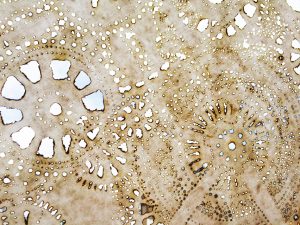
It was important to build mutual trust so the women inmates felt comfortable to share their own life stories with Nicola.
The focus of Nicola’s work for 2016-17 has been to take “a closer look at the experience of trauma and its effect on memory and the day-to-day”, concentrating her research on stories of people who have faced adversity in life. These experiences “galvanised me to look for stories in new places, with people who might be a challenge for me to find or connect with – those whose tales are often untold.”
Art for Nicola is about discovering and uncovering the truth, “peeling back the layers, breaking it down into small moments which add up to make the whole”. “These small, foundational elements may be unseen, misunderstood, or misrepresented. We can only ever understand ourselves or the people we meet by going deeper”, says Nicola.

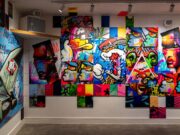
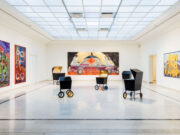
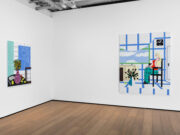
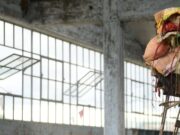
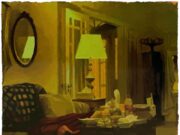
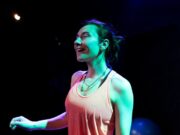
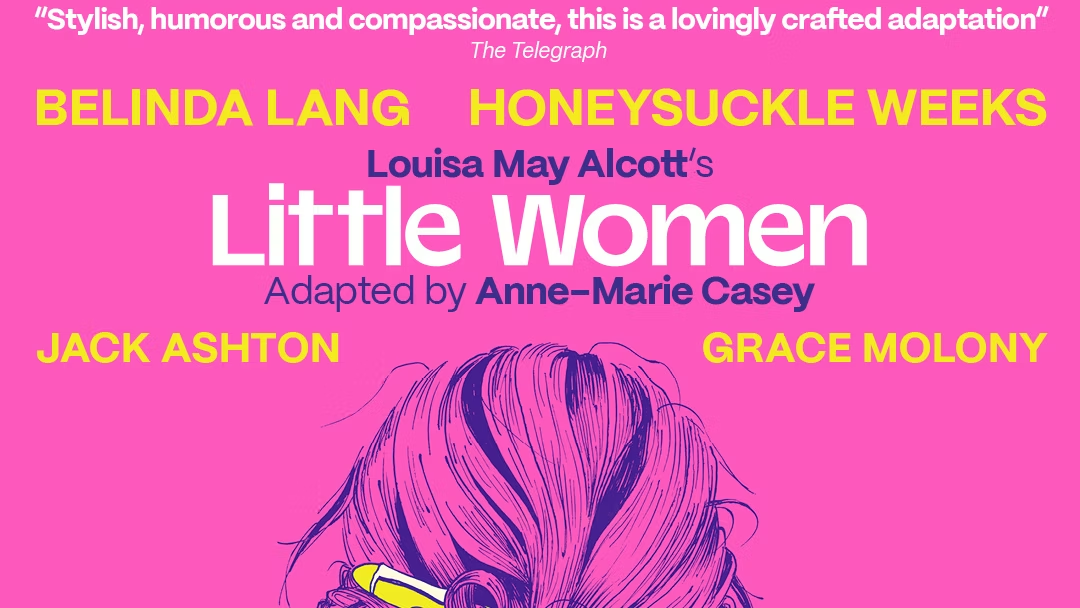
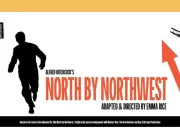
![Antigone [on strike] | Review Ali Hadji-Heshmati and Hiba Medina in Antigone [on strike] at Park Theatre, London. Photo: Nir Segal](https://theartiscapegallery.com/wp-content/uploads/2025/02/Antigone-on-strike-photo-by-Nir-Segal-D1_Standard-180x135.jpg)
